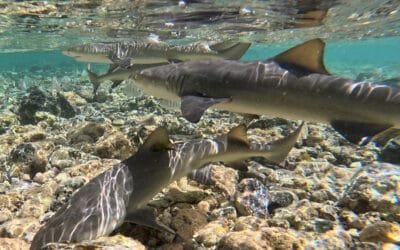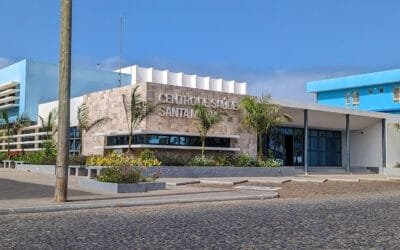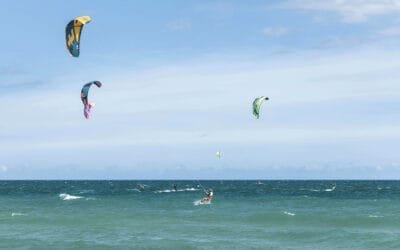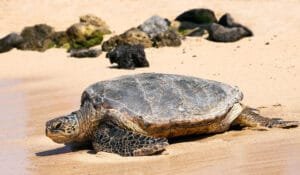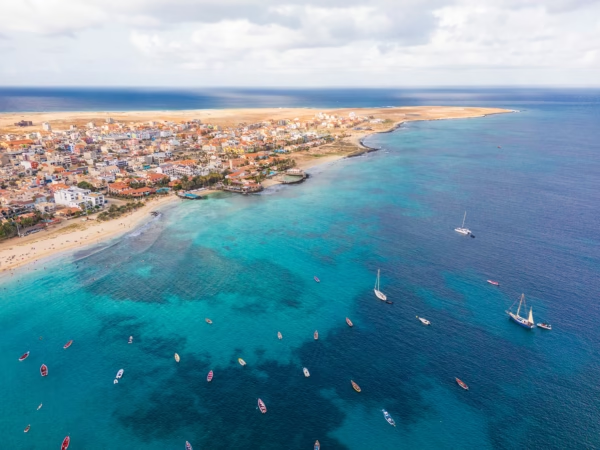The Mirage of Terra Boa: Sal’s Beautiful Desert Illusion
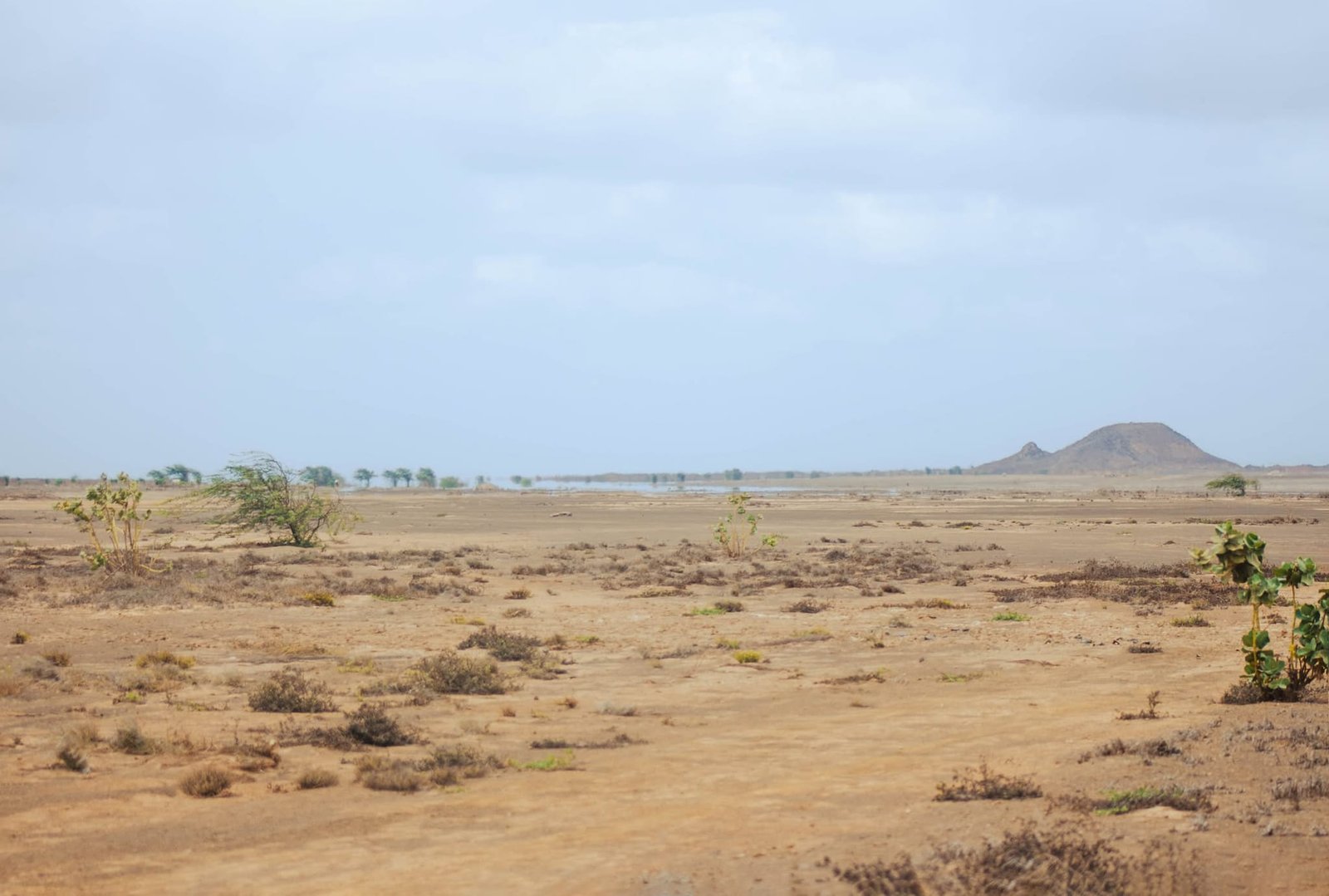
Welcome to Terra Boa
Under the noonday sun of Sal Island in Cape Verde, the flat sand plains of Terra Boa begin to shimmer. In the distance, a silvery-blue patch materialises, mimicking a tranquil lake mirroring the sky. To a weary traveller, it looks like an oasis on the horizon – until it vanishes upon approach, revealing nothing but dry earth and haze. This optical phenomenon in the desert, known as the mirage of Terra Boa, has fascinated and perplexed visitors for generations.
Terra Boa is a remote area in the north of Sal, only about 4 km beyond the island’s main town of Espargos. Despite its name – Portuguese for “good land” – this region is a vast, barren plain with little vegetation. In every direction lies sand upon sand, a landscape so flat and expansive that only distant brown mountains break the monotony.
On clear days, you can even spot Monte Grande, Sal’s highest peak at 406 m, rising on the horizon.
Yet Terra Boa earned its hopeful name because it harbours rare pockets of moisture. Historically, it’s said to be some of Sal’s only fertile ground, with a few marshy patches that can support modest agriculture. Most of the year, however, it appears as an unforgiving desert – an unlikely setting for the mirage that draws curious eyes.
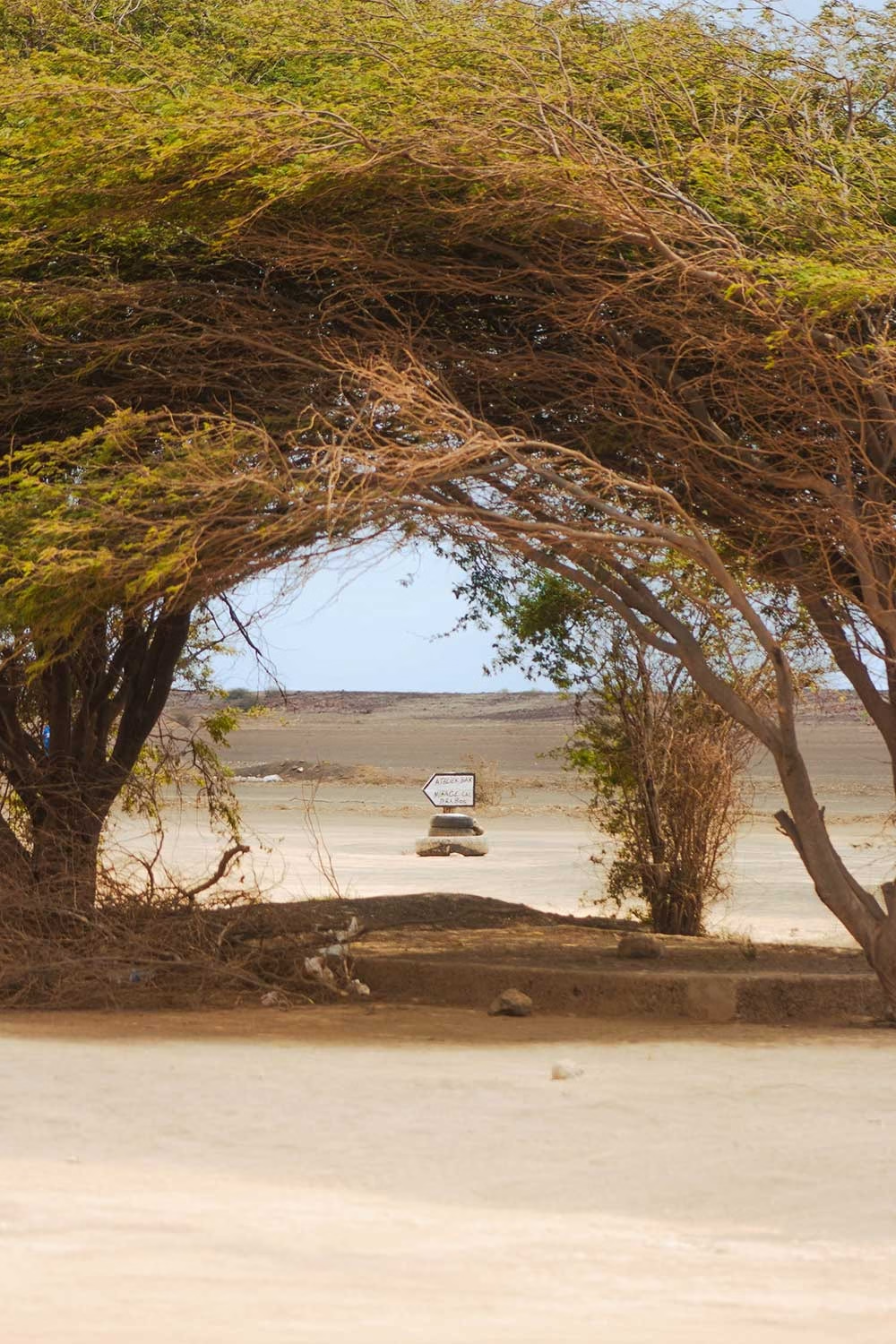
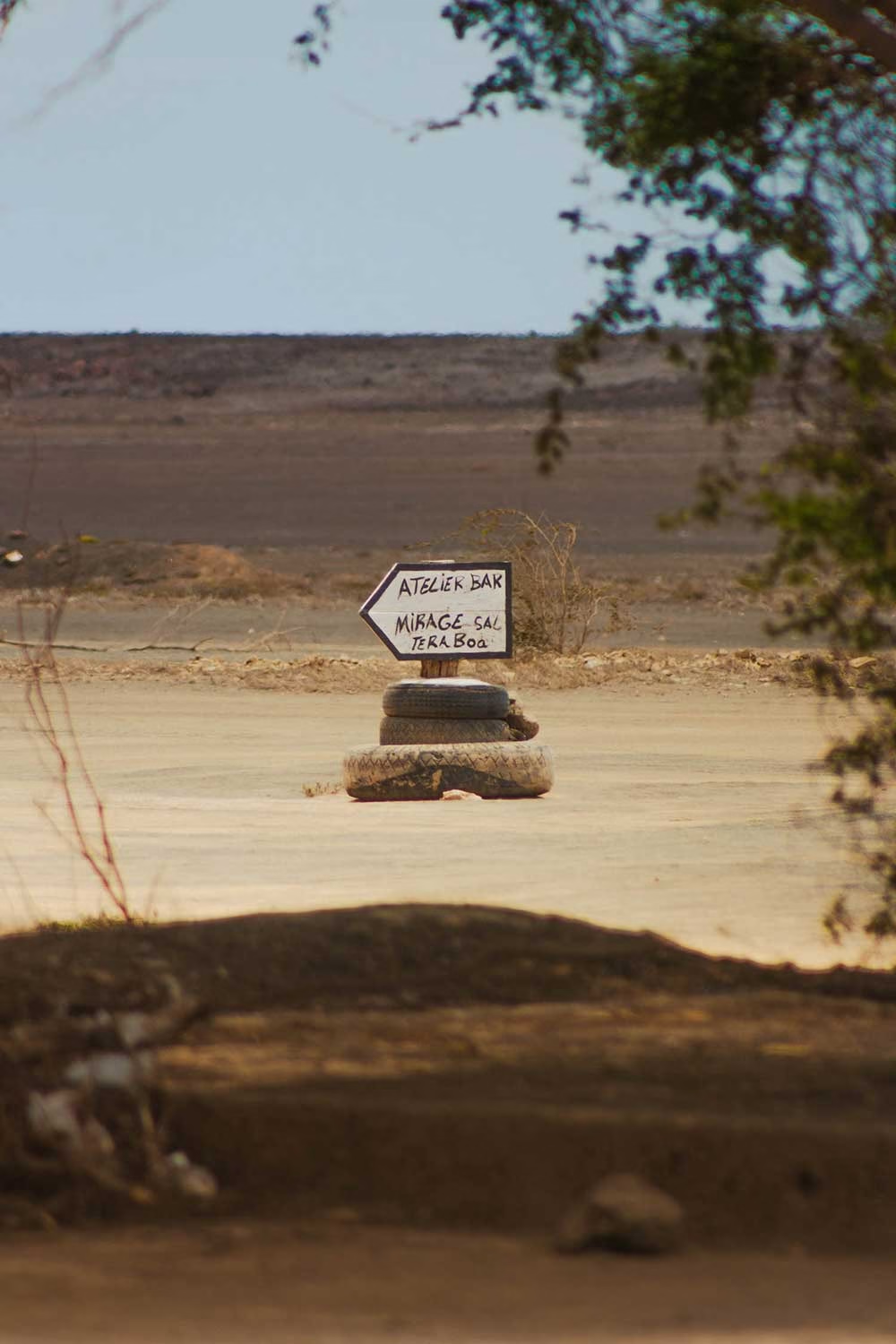
The Mirage Phenomenon of Terra Boa
Visitors come to Terra Boa for one reason above all: to witness its famous mirage. Under the intense African sun, the air above the hot sand bends light in peculiar ways. The result is a classic desert illusion where the ground seems to hold a pool of water that isn’t really there. In local tour descriptions, Terra Boa is touted as the best place on Sal to see a mirage – sometimes even referred to by the evocative term “Fata Morgana”.
You’ll gaze out and swear there’s a calm lake or lagoon in the distance, when in fact the land is completely dry. The endless stretch of sun-baked sand and the bright sky combine to trick the eye, making it “really hard to judge distances” and conjuring a false shoreline on the horizon.
The Mirage: How Does It Actually Work?
At Terra Boa, hot air near the ground bends light from the sky, creating the illusion of water pooling on the desert floor. Many travellers initially mistake this shimmering patch for a real lake before it disappears upon closer inspection. In scientific terms, what you are seeing is light being refracted (bent) by layers of air at different temperatures. The soil here heats up under the sun and warms the air just above it, making the air less dense. Light rays streaming down from the blue sky or distant objects then curve upward when they hit this hotter, thinner air, so your eyes receive light that appears to be coming from the ground.
Essentially, the sand ahead acts like a mirror, reflecting the sky. This inferior mirage effect is what creates those vivid blue “puddles” or phantom lakes. It’s the same phenomenon that makes highways on hot days look slick as water. As one encyclopedia succinctly defines it, a mirage is “the deceptive appearance of a distant object or sheet of water, caused by the bending of light rays in layers of air of varying density”. In Terra Boa’s case, the object is usually the sky itself, being misleadingly displayed on the ground.
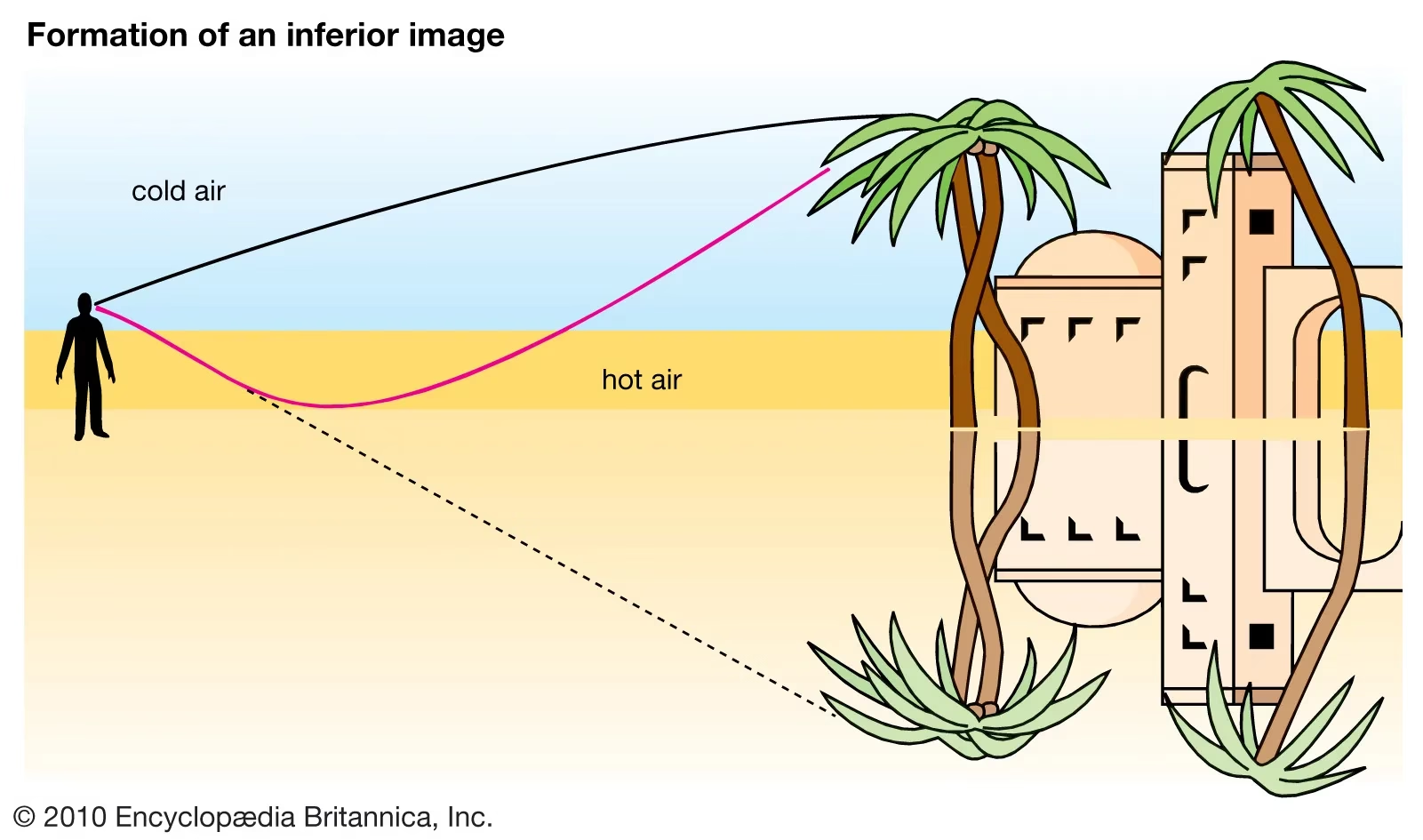
Lakes That Are Not There
Such mirages are common in deserts, but seeing one so clearly is still a magical experience. The local conditions in Terra Boa – the broad, flat terrain and typically cloudless, blazing skies – are perfect for producing a striking illusion. When the sand is sufficiently heated by intense sunshine, the land is easily mistaken for a lake.
Tour guides know this, and they often visit when the sun is high overhead to maximise the effect. In fact, on many days, the fake lake is so convincing that first-time visitors genuinely believe water lies ahead.
According to one report, 87% of visitors were fooled at first glance by Terra Boa’s mirage, and about two-thirds even ranked it among the highlights of their entire Sal trip. It’s a gentle trick of nature – no harm done, except perhaps a thirsty moment of wishful thinking – and it never fails to spark awe once people realise their eyes have been duped.
Hunting the Mirage of Terra Boa: Practical Guide
A trip to Terra Boa is a must for those inspired to seek out Sal’s mirage phenomena. Getting there is an adventure in itself. The site lacks tourist amenities and bus transportation. It sits in a sparsely populated stretch of northern Sal, “in the middle of nothing”. The journey there goes through rough, sandy tracks. However, there are some easy ways to get there without stress or logistical migraine.
To see the mirage, many visitors join a guided island tour (often in a 4×4 pickup or open-bed truck) that includes Terra Boa as a stop, along with other highlights like the Pedra de Lume salt crater and Shark Bay. Going with a guide is recommended if you’re not used to off-road driving – there are no signposts out in the desert and virtually no landmarks besides distant hills.
If you prefer to explore the dunes of Terra Boa independently, the best way is to rent a sturdy vehicle. A small car or moped will struggle in the deep sand; locals suggest using a quad bike or a four-wheel-drive jeep for better traction.
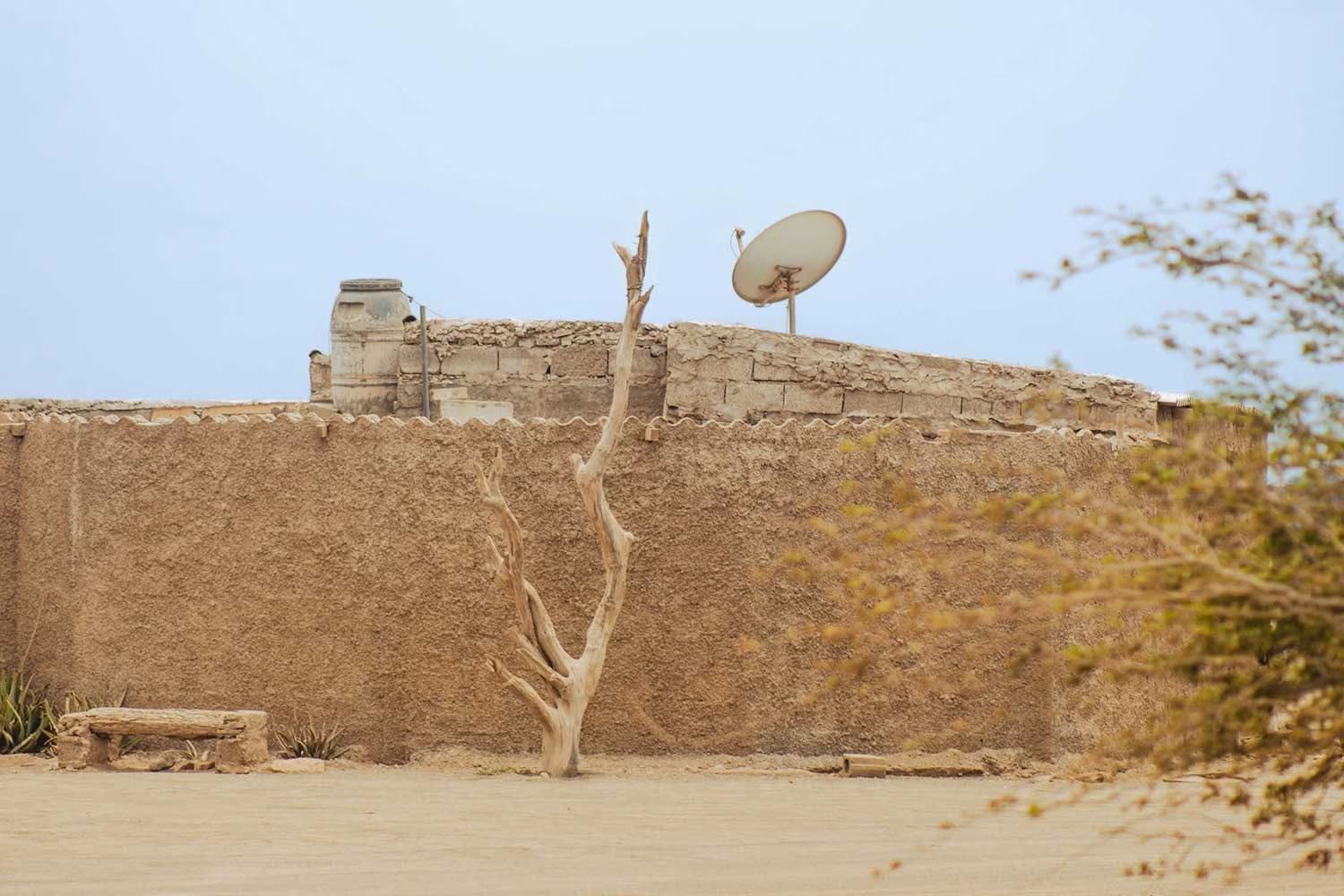
Five Useful Tips
While the mirage is the star attraction, remember that Terra Boa is literally just desert: there are no facilities, no shade, and often not another soul in sight. Come prepared and plan accordingly. Here are a few tips to make the most of your visit:
Proper Timing
Go in mid-morning to early afternoon on a clear sunny day. The hotter the ground, the stronger the mirage tends to be. Under intense sun, the illusion of water is much more pronounced. If you arrive too early in the morning or on an overcast day, you might not see the “lake” at all.
Sun Protection & Water
Getting There Safely
Consider a guided tour or hiring a local driver unless you’re confident driving off-road. The route traverses bumpy, unpaved tracks and patches of soft sand that can be tricky. If self-driving, a 4×4 or ATV is strongly advised. Standard rental cars may get stuck. There are also no nearby villages to ask for help, so ensure your vehicle is in good shape.
Photography
Mirages can be tricky to photograph, but try anyway – the results can be fascinating. Use a camera with zoom to capture the distant “water” effect. Some travellers have fun with perspective shots here (similar to photos taken on Bolivia’s salt flats), using the empty expanse to create optical illusions of their own. Whether your photos do it justice or not, take a moment to observe the phenomenon with your own eyes.
Combine Attractions
Since you’ve come all this way, plan to see other northern Sal sights on the same trip. For example, Pedra de Lume’s salt pans (where you can float in saline pools) are a short drive east from Terra Boa, and the Blue Eye of Buracona tide pool is to the west. An organised full-day tour will usually bundle these together, which is both convenient and cost-effective. Independent travellers can chart a loop around the island’s north, with Terra Boa as one unforgettable stop among others.
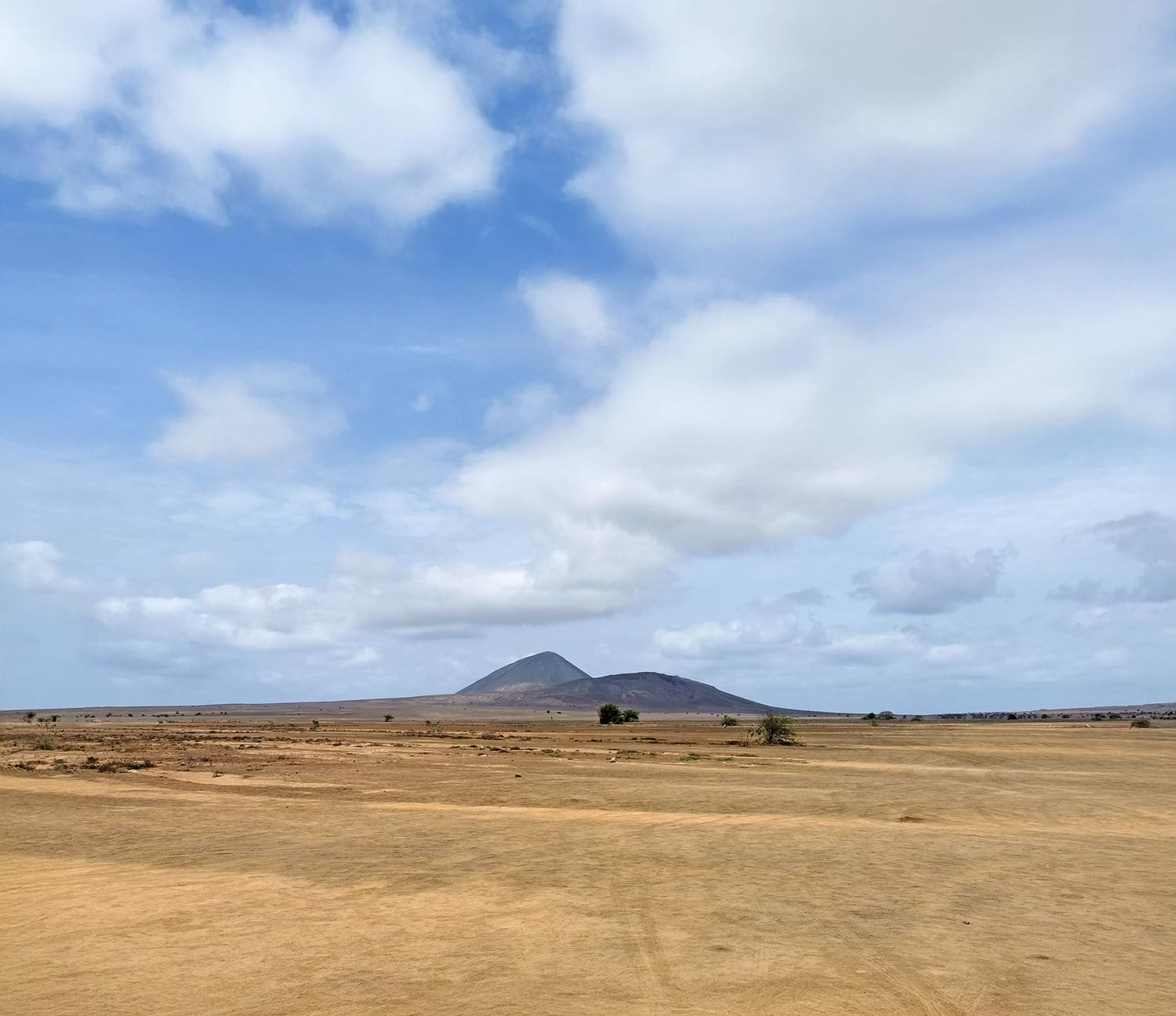
The Mirage: Enjoying Nature’s Sense of Humour
While standing in Terra Boa, it’s easy to feel small amid the emptiness. Take a moment to feel the surroundings. It’s just you (and some other travellers), the wind, and a mirage that shimmers like a promise. The experience may be at once humbling and exhilarating. You may notice that the desert isn’t as lifeless as it seems at first sight. Through its mirages, it plays with light and perception almost as if it has a sense of humour.
A visit to Terra Boa offers more than just a quirky photo-op. It’s a reminder of nature’s capacity to surprise us. In a place named “Good Land” that turned out to be so painfully dry and harsh, water still appears as an apparition, teasing the imagination. The mirage of Terra Boa may be fleeting – a mere trick of sunlight and air – but the memory of that phantom lake glinting in the Cape Verdean desert is something truly real and lasting.
Bibliography
- Mirage Optical Illusion, Encyclopedia Britannica;
- Fata Morgana (mirage), Wikipedia;
